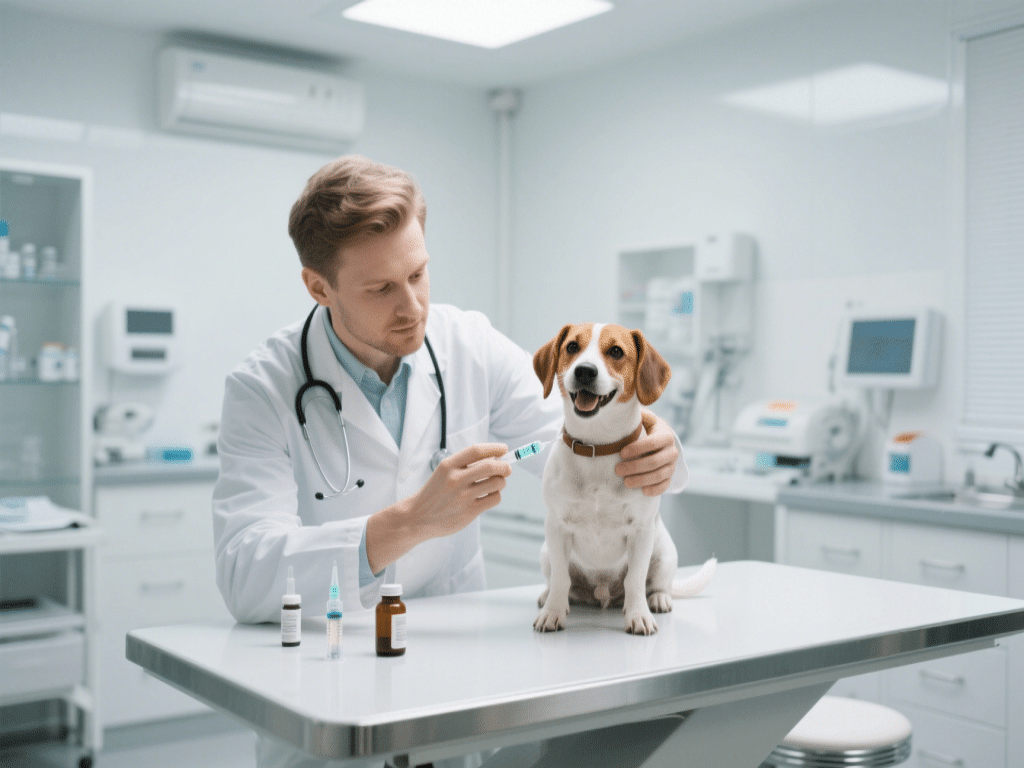Introduction
Arthritis is one of the most common degenerative joint diseases affecting senior dogs. Early detection is crucial to managing pain, maintaining mobility, and improving quality of life. By recognizing the subtle changes in behavior and mobility, owners can seek veterinary intervention before the condition advances.
1. Observe Mobility and Gait
Stiffness after Rest: Senior dogs often exhibit stiffness, especially after sleeping or resting. Observe how your dog rises—if it hesitates or “stretches” repeatedly, this may indicate joint discomfort.
Limping or Favoring a Limb: A slight limp or uneven weight distribution while walking suggests discomfort in one or more joints. Watch closely during short walks or gentle play sessions.
Reluctance to Climb Stairs or Jump: Difficulty climbing stairs, entering the car, or jumping onto furniture can be early red flags. Dogs may avoid these actions entirely or show visible unease when attempting them.
2. Monitor Activity Levels
Decreased Interest in Play: A once-energetic dog may show less enthusiasm for fetch, tug-of-war, or park visits. Pay attention to changes in play habits over consecutive days.
Reduced Overall Activity: Tracking your dog’s daily activity—using a simple journal or a wearable activity monitor—can reveal gradual declines. If your senior dog takes more frequent breaks or naps than usual, arthritis could be developing.
3. Look for Behavioral Changes
Irritability or Aggression: Chronic pain can make dogs more irritable. If your dog snaps when touched near hips or knees, this may indicate joint pain.
Licking or Chewing Joints: Excessive chewing or licking of a paw or joint area often signifies discomfort in that region.
4. Physical Examination Techniques
Palpation and Manipulation: Gently flex and extend each joint—shoulder, elbow, wrist, hip, knee, and ankle—while watching for signs of pain or resistance. Healthy joints move smoothly; arthritic joints may feel stiff, swollen, or produce a “click.”
Check for Swelling or Heat: Run your hands along the joints to detect any unusual warmth or swelling.
5. Veterinary Diagnostics
X-rays (Radiography): Radiographs can confirm joint space narrowing, bone spurs (osteophytes), and changes in bone density.
Blood Tests: While not diagnostic for arthritis itself, blood tests help rule out other inflammatory or systemic conditions.
Joint Fluid Analysis: In certain cases, veterinarians may analyze joint fluid to exclude infections or immune-mediated diseases.
6. Early Management and Intervention
Weight Control: Keeping your dog at an ideal body weight reduces stress on joints. A balanced diet tailored to senior dogs helps maintain optimal weight.
Moderate Exercise: Low-impact activities like short leash walks and gentle swimming strengthen muscles without overstressing joints.
Joint Supplements: Glucosamine, chondroitin sulfate, and omega-3 fatty acids can support joint health. Consult your veterinarian for appropriate dosages.
Pain Management: Nonsteroidal anti-inflammatory drugs (NSAIDs) prescribed by a vet can alleviate pain and inflammation. Regular check-ins ensure dosages remain safe.
Conclusion
Detecting arthritis early in senior dogs requires careful observation of mobility, behavior, and physical signs. Once identified, prompt management through weight control, appropriate exercise, supplements, and veterinary care can significantly slow disease progression and enhance your dog’s comfort. Regular check-ups with your veterinarian ensure ongoing evaluation and adjustment of treatment strategies.










Comments on " How to Detect Early Signs of Arthritis in Senior Dogs" :